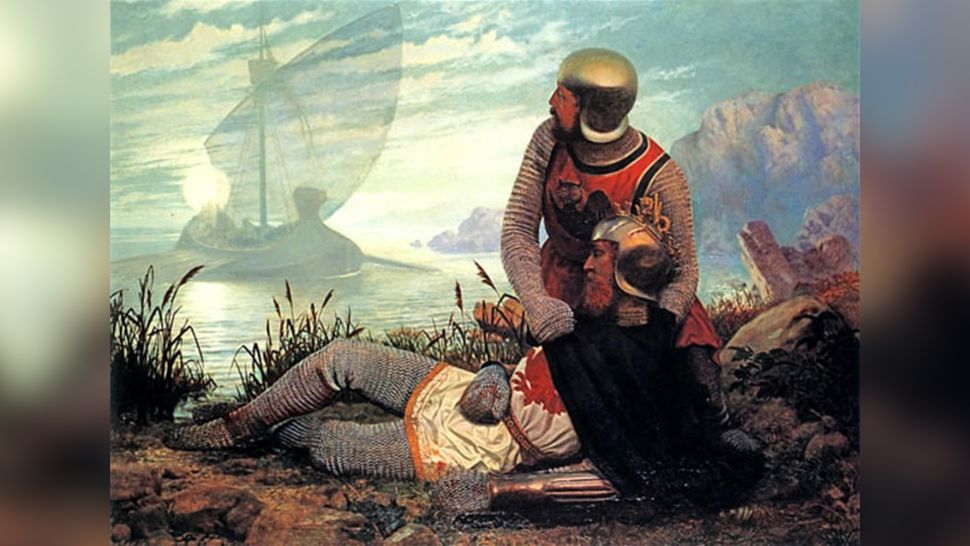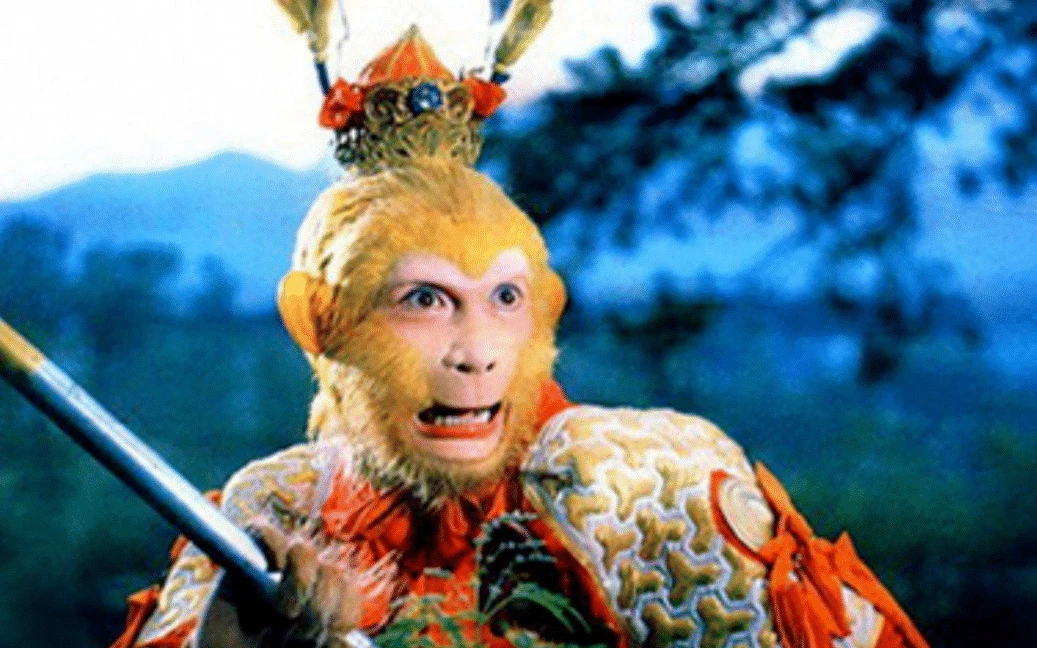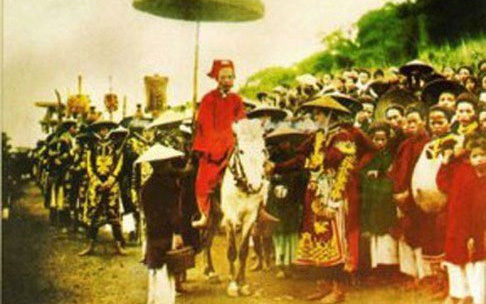No one has seen it even though it’s been exposed for centuries
According to Live Science, the reason these important royal tombs are so overlooked in a country where archeology is so developed is that these kings and their families were buried – apparently intentionally – in simple graves like commoners. They can only be recognized by a very discreet type of sign.
A total of 65 never-before-seen royal tombs have been identified during the latest examination of 20 ancient burial sites in the West of England and Wales, dating to between the 5th and 7th centuries AD. .

The painting “The Death of King Arthur”, a legendary British figure, is said to be a great king who protected England from Anglo-Saxon invasion. There are many “King Arthur” in reality, but their graves have never been found – Photo: John Garrick
It is the tomb of the native English kings of the post-Roman era, buried with a practice quite different from the Anglo-Saxon rulers who settled in the Eastern region.
“While the Anglo Saxon rulers of the time were elaborately buried with valuable burial goods, British Christians might consider it a pagan practice” – Professor Ken Dark from the University Reading (UK) and University of Navarra (Spain), explained.
Professor Dark’s team has begun research to solve the mystery of the “missing” graves of British crabs during the aforementioned period: almost none of their tombs have ever been excavated, though monuments and tombs of Anglo-Saxon kings of the same period are numerous.
They found these royal tombs in a very standard and well-constructed state, but quite similar to ordinary tombs located in the same burial ground, even plain in comparison to foreign graves. nearby teachers. Although it is a royal tomb, most of them do not have inscriptions, so it is difficult to identify their identities.
The royal families often share a small area, there are clusters of up to 4 graves, some people also lie separately. Grave clusters are usually similar in size with a width of about 4-9 meters and a length of 9 meters.
It is the similarity and meticulousness in the construction of these tomb clusters that are the first clues that lead archaeologists to determine which type of tomb is a royal tomb. In addition, the tomb of a member of the royal family is also often located in the center of an enclosure made up of other tombs, which can be rectangular or circular.
The tradition of the “closed grave” in the middle of the siege stemmed from late Roman burial customs, as a discreet way of honoring the status of the deceased.
In addition to the above, these British kings, queens, princesses and princes have rested completely simply, without expensive burial goods around. Journal Society of Antiquaries of Ireland.
at Blogtuan.info – Source: danviet.vn – Read the original article here

